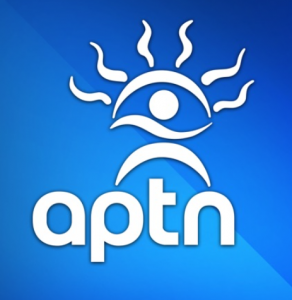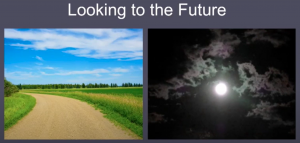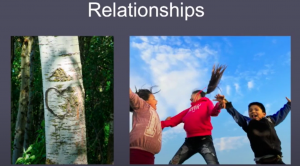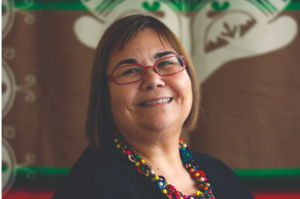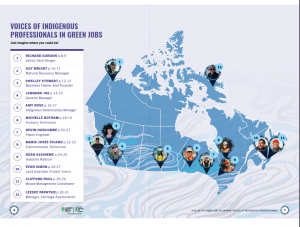Module 2, Post 4

Reconciling Ways of Knowing is a website with a wealth of information that is the result of Indigenous leaders and Western leaders building a relationship to share and build ways of being and knowing, with the belief that both are valid and that by joining forces together the benefits will be greater than each on their own. I came across this website as I was investigating more about Two Eyed Seeing, which has been described as “To see from one eye with the strengths of Indigenous ways of knowing, and to see from the other eye with the strengths of Western ways of knowing, and to use both of these eyes together” (Bartlett, Marshall, & Marshall, 2012, p. 335).
This website is suited for anyone wondering how to merge the divide between Western and Indigenous perspectives in being and knowing, particularly as it relates to scientific research in the environment, and this suggests that these need not be two dichotomous perspectives, but that they are in many ways compatible.
There is a total of 10 forums archived on this site:
- Why Reconciling Ways of Knowing?”
- “Enacting Ethical Space in Knowledge Sharing”
- “Braiding Ways of Knowing”
- “Two-Eyed Seeing and Beyond”
- ” Millennia of Experience: Drawing on Indigenous Knowledge in Responding to COVID-19”
- “Why Mountains Matter”
- “Connecting Spiritually with the Land and Each Other”
- “A Conversation Across Ways of Knowing & Relating to Land”
- “Incorporating Indigenous Knowledge in Integrated Land Use Planning”
- “Respecting Indigenous Knowledge: A Tribute to Dr. David Schindler”
References
Bartlett, C., Bartlett, A., & Marshall, M. (2012). Two-Eyed Seeing and other lessons learned within a co-learning journey of bringing together indigenous and mainstream knowledges and ways of knowing. Journal of Environmental Studies and Sciences, 2(4), 331 – 340. https://www.researchgate.net/publication/257804329_Two-Eyed_Seeing_and_other_lessons_learned_within_a_co-learning_journey_of_bringing_together_indigenous_and_mainstream_knowledges_and_ways_of_knowing
Reconciling Ways of Knowing. (n.d.). A conversation of national and planetary significance. https://www.waysofknowingforum.ca/about
